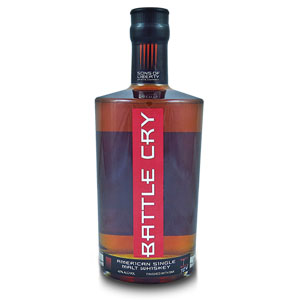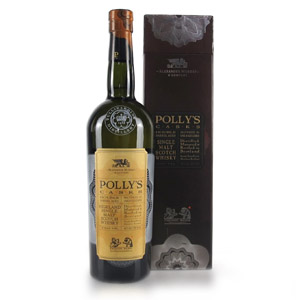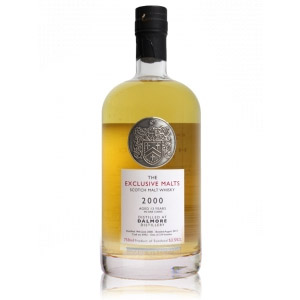After my previous gushing review of Westland’s core American Oak expression, I tasted the other two members of the core range. This one uses the same 5-malt mash bill of malted barley (barlies? barleys?) but includes a percentage of whiskey made from peated malt. Make sure to read that American Oak review first, since I go over Westland’s unique approach to whiskymaking.
Westland’s website although replete with geeky whiskymaking details is mum on the topic of peat. We know from other sources that Westland is experimenting with local Pacific Northwest (USA) peat, but that the core range Peated expression uses already-peated malt imported from the Eastern Highlands of Scotland. That peated malt is distilled (together or separately, I can’t tell) along with Westland’s standard “5-malt” blend of Washington Select Pale Malt, Munich Malt, Extra Special Malt, Pale Chocolate Malt, and Brown Malt which are all essentially the result of different toast levels or malting methods. This means that unlike many peated single malt scotches such as Laphroaig or Lagavulin, the malt in each bottle is not all peated. In fact, it’s less than half. Westland does this to maintain a sense of region and the house characteristics – they are looking to balance “Westland” with “Scottish peat” without letting one overpower the other.
It’s worth noting that as the peat is Highland peat, it will tend more towards campfire and heather (gorse) rather than seaweed (iodine) and brine. A wise choice, I think.
Westland Peated uses both new American oak casks as well as first-fill ex-bourbon casks. Like the American Oak, the Peated release is aged a minimum of 3 years and bottled at 46% ABV without chill-filtration or added coloring. In some places, this one is $5-$10 more expensive than the other core bottlings.
Nose: Smoldering campfire, with just a little suggestion of pine (resiny) smoke. The smoke, though, is so mild that it acts more like a seasoning. The primary character is sweet malty grains, butterscotch, ripe pear, and salted caramel. The smoke is so well-integrated that it simply adds a peppery, toasty quality to all of the above notes… think grilled pear instead of ripe pear, or caramel with smoked salt. Delectable.
Palate: Medium bodied. Ashy peat greets the tongue, then after a mild tongue burn the peat begins to recede to reveal dark chocolate truffles, pear pastilles, and dark roast coffee beans.
Finish: Long. The chocolate is dominant, now, instead of the smoke. Cocoa powder, coffee grounds, and only a little bit of oaky tannins. As it fades, the peat turns minty – a touch of menthol.
With Water: A few drops of water increase the nose tickle, and also add more sweetness (caramel). The water also tames the tongue burn, and might decrease the effects of the peat. Water optional, but I don’t think it hurts here.
Overall: Of the three flagship Westland single-malts, I actually like this one the most. The peat is so perfectly intertwined with the Westland house characteristics that it bolsters all of them without taking over. Someone unfamiliar with peat might not even realize the flavor is “peat” or “smoke” and instead just detect the complexity it adds. This is in direct contrast with most peated Scottish malts, which hit you over the head with peat. The change is welcome, at least in this context. I still think the Westland American Oak is required reading before this one, but I’d rather buy a second bottle of this.









Excellent review on this one. I also agree that this is my favorite of the three core range selections. If you want more peat, there’s an annual Peat Week release, but it’s harder to get than the core peat, especially outside the PNW. If you get a chance, also look for the Garryana – nothing else like it, in a good way.
Thanks for the kind words, Greg! After tasting these three, I am much more motivated to try out those two. Garryana, especially, since it involves oak from a different species of oak – how often do you get to taste something like that? Cheers!
Great review!
For a point of clarity, our peated malt is from Bairds Malt and used is mashed, fermented, and distilled separately from our 5 Malt Barley bill. It is only during the vatting process that these separate cask types would come together for the production of a bottling of Westland Peated American Single Malt.
Great detail, thanks Chris!